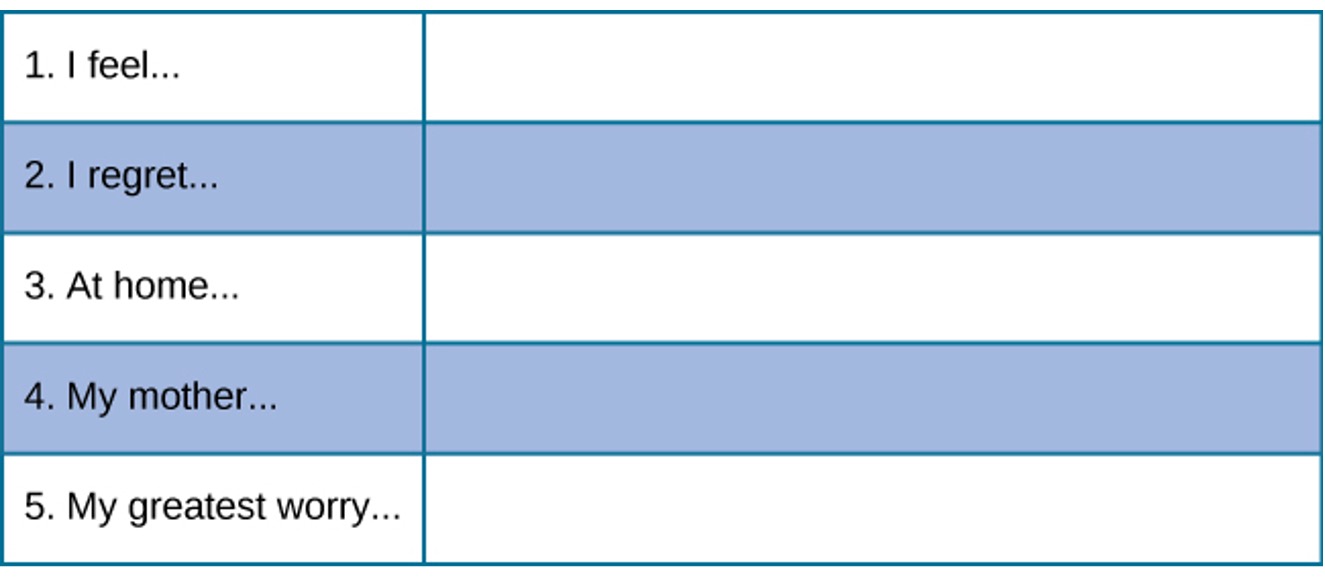🗓️Unit 11
Personality
PSYC 181 – Intro to Psych
August 8, 2024
What you will learn
![]()
Learning Objectives
- Define personality
- Describe early theories about personality development
- Describe the assumptions of the psychodynamic perspective on personality development
- Discuss the core differences between major theories on personality
PERSONALITY
WHAT IS PERSONALITY?
Personality long-standing traits and patterns that propel individuals
to consistently think, feel, and behave in specific ways
HISTORICAL PERSPECTIVES
Hippocrates (370 BCE)
- personality based on four separate temperaments associated with four fluids (“humors”) of the body
1Choleric
- yellow bile from
the liver
2Melancholic
- black bile from
the kidneys
3Sanguine
- red blood from the heart
4Phlegmatic
- white phlegm from the lungs
Galen
- Prevalent view for over 1000 years and through the Middle Ages
1Choleric
- passionate, ambitious,
and bold
2Melancholic
- reserved, anxious,
and unhappy
3Sanguine
- joyful, eager, and optimistic
4Phlegmatic
- calm, reliable, and thoughtful
Franz Gall (18th century)
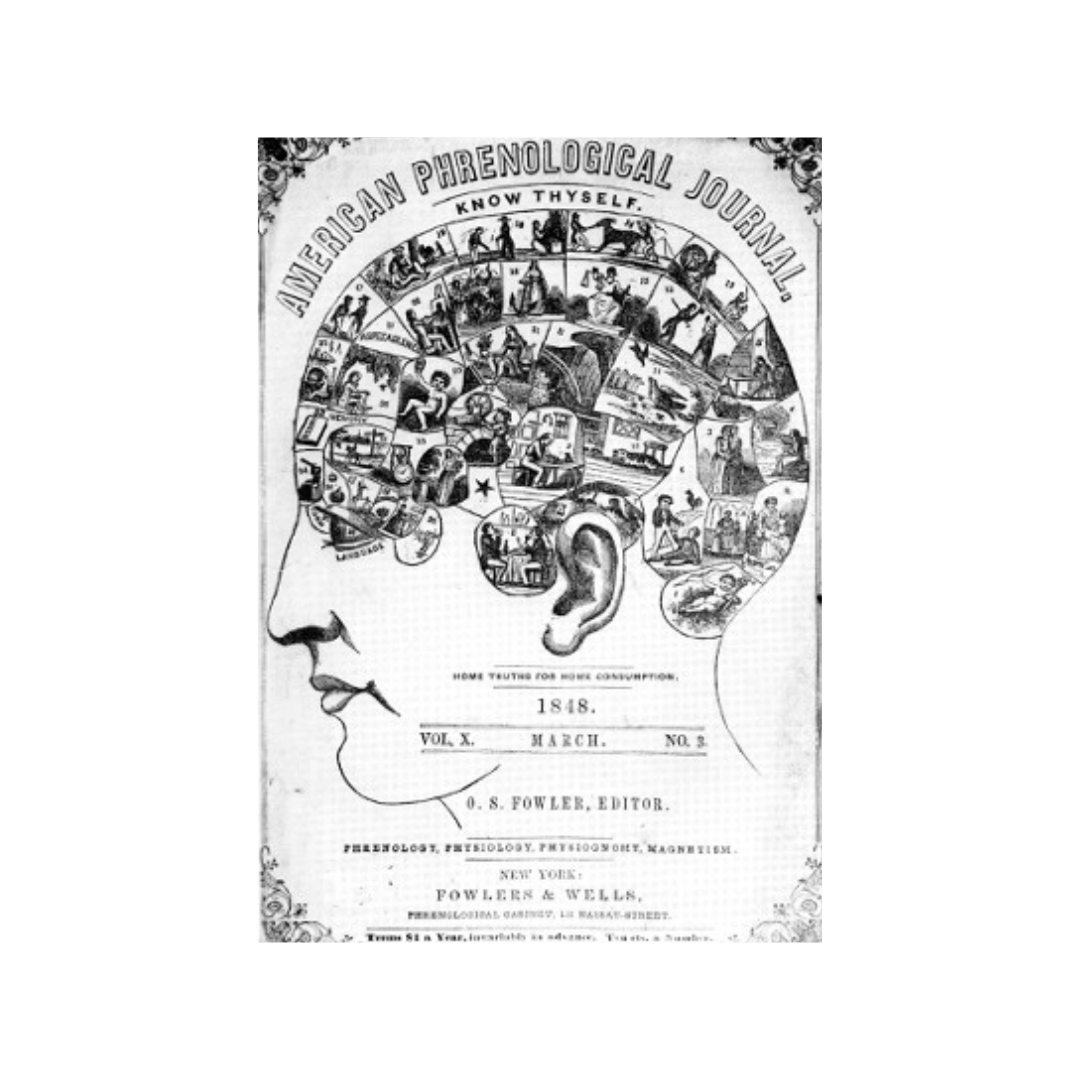
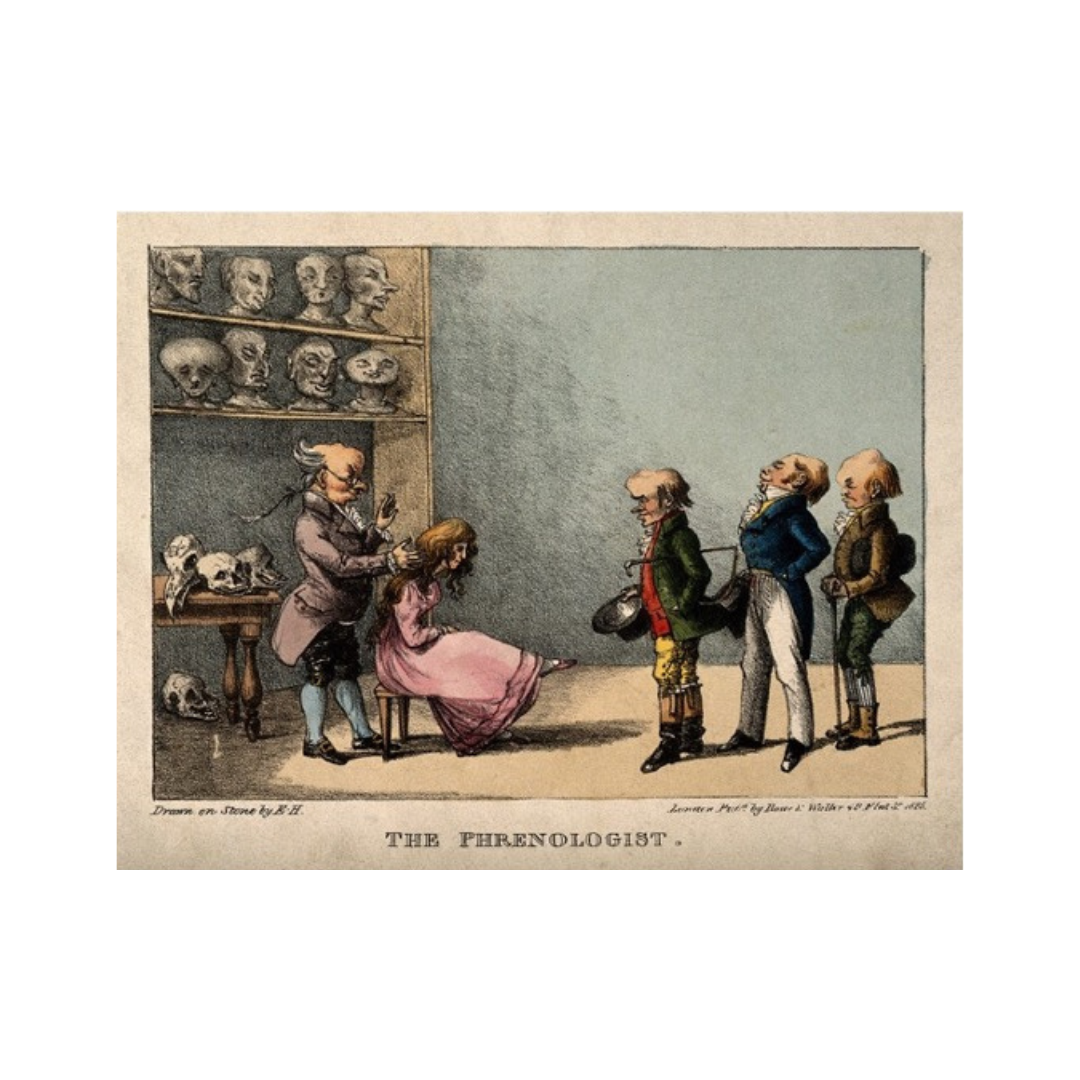
Immanuel Kant (18th century)
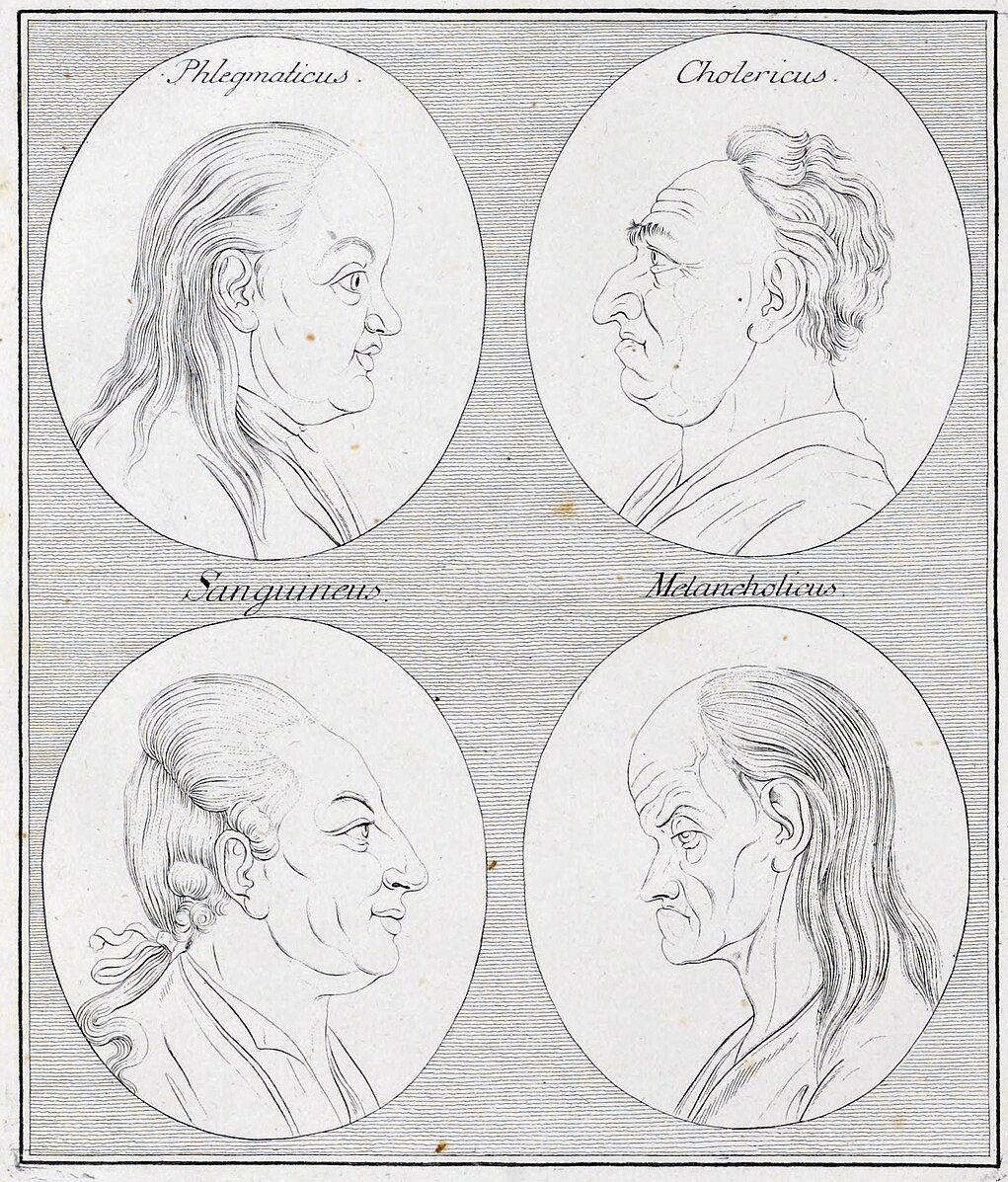
- Developed a list of traits to describe the personality of each temperament
Wilhelm Wundt (19th century)
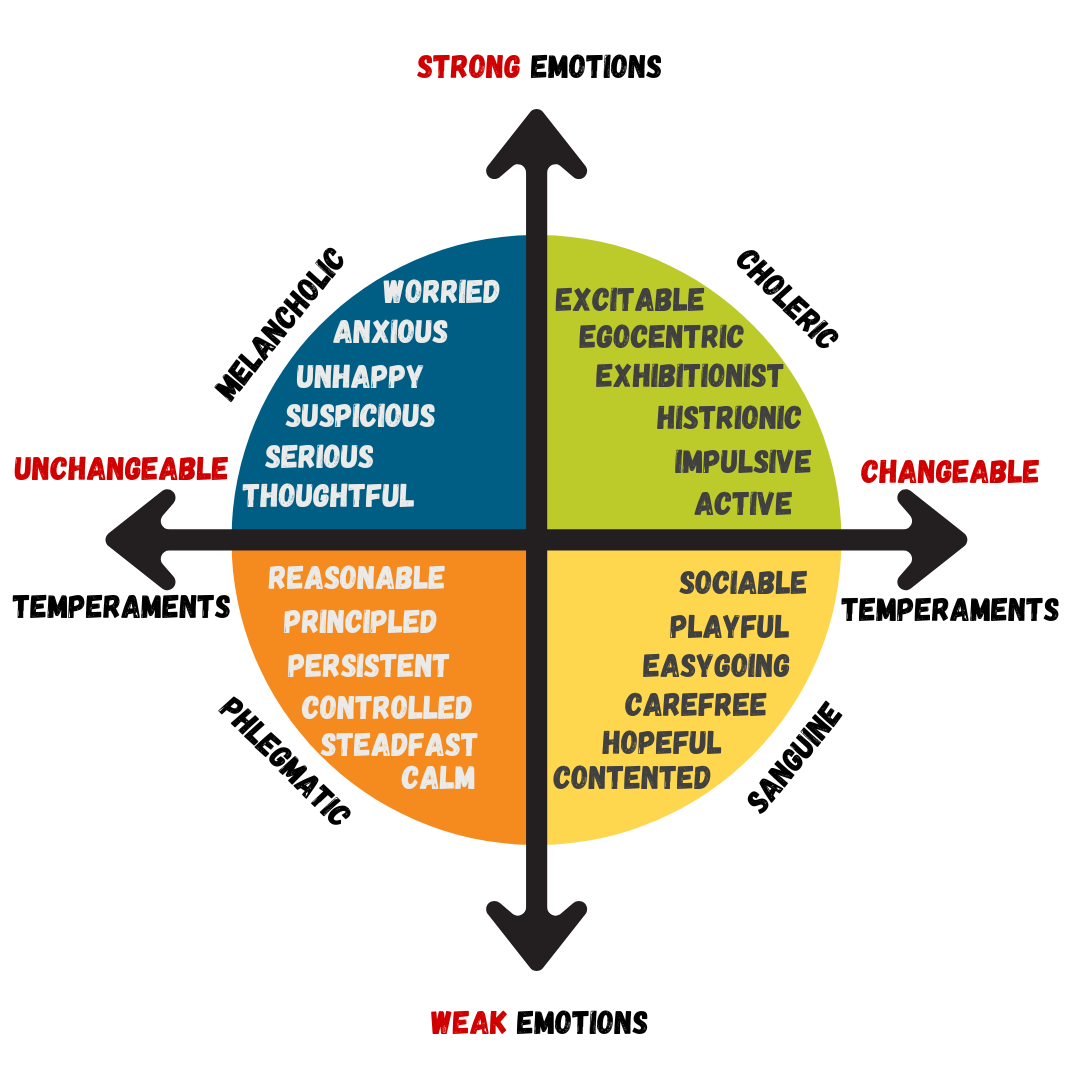
Psychodynamic Perspectives
Sigmund Freud (20th Century)
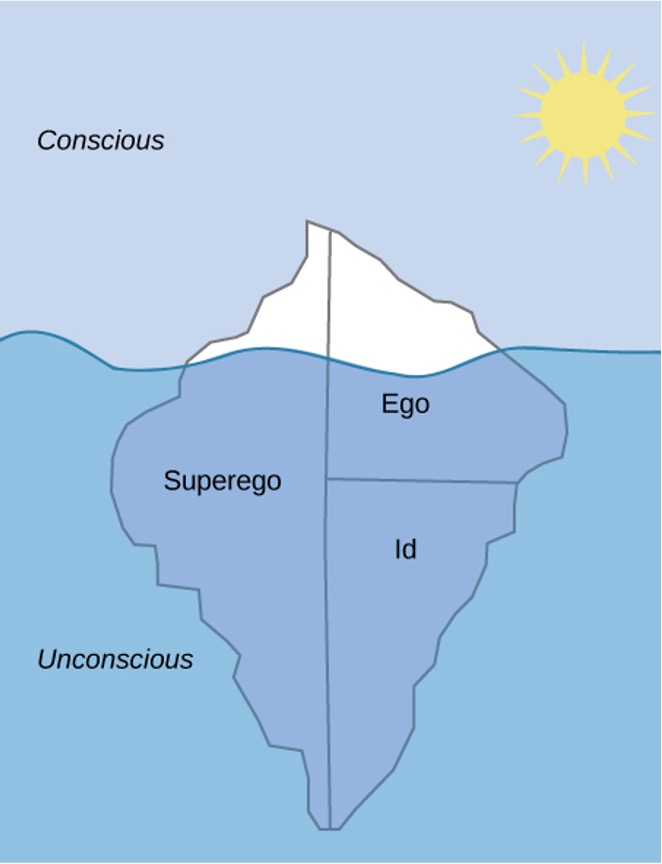
Unconscious mental activity that we are unaware of and are unable to access
ID, EGO & SUPEREGO
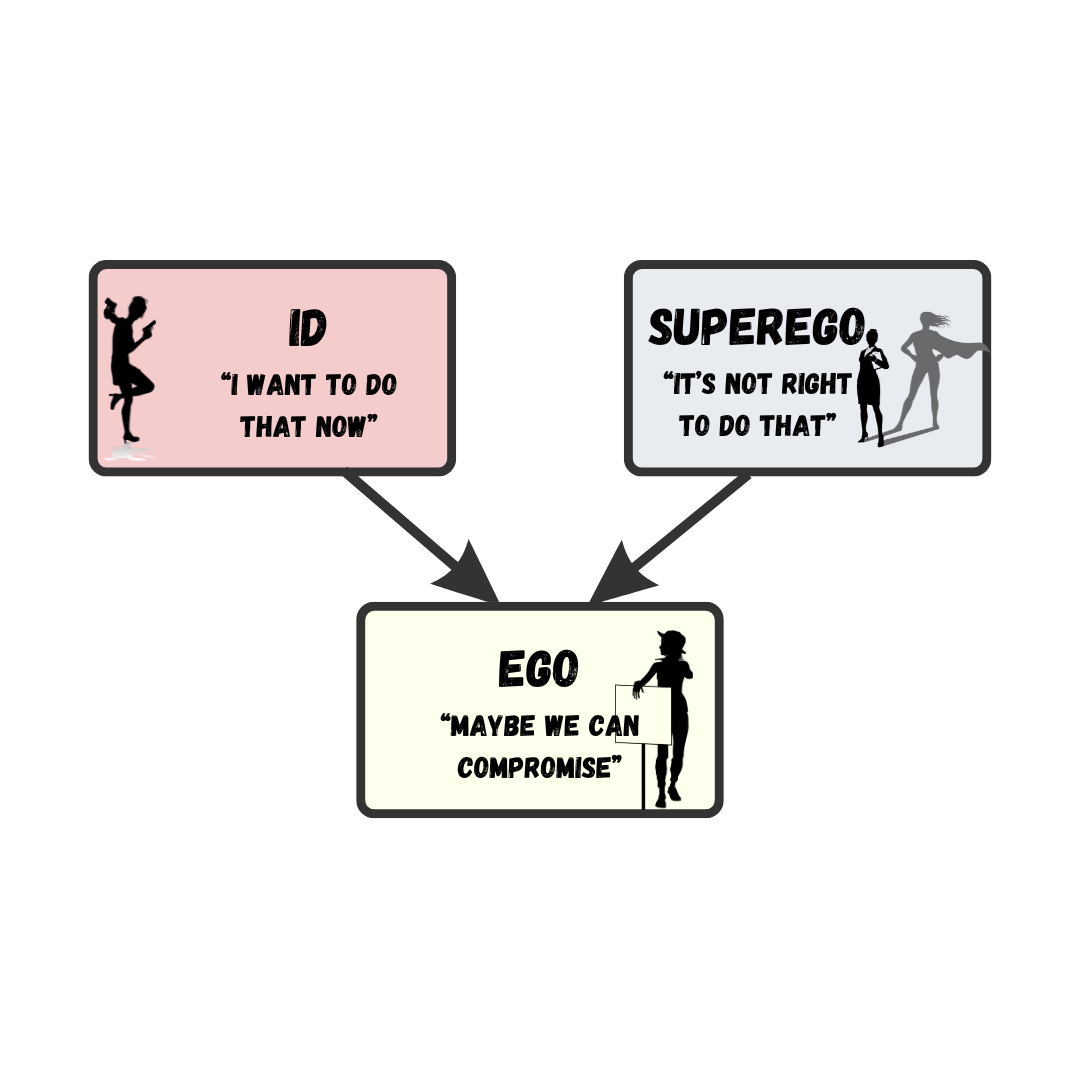
Id
Contains primitive urges
(for hunger, thirst, and sex)Impulsive, instinctual
Operates on the “pleasure principle”
- seeks immediate gratification
Superego
Develops through interactions with others, learning social rules for right and wrong
Moral compass that tells us how we should behave based on rules
Strives for perfection
Judges behavior
Leads to feelings of pride or guilt
Ego (self)
Attempts to balance the id with the superego
Rational
Operates on the “reality principle”
- helps id satisfy desires in a realistic way
Part of personality seen by others
Balanced
- id and superego → healthy personality
Imbalanced
id superego → neurosis (tendency to experience negative emotions)
- anxiety disorders, or unhealthy behaviors
DEFENSE MECHANISMS

STAGES OF PSYCHOSEXUAL DEVELOPMENT
1Oral Stage (Birth – 1 year)
Erogenous zone mouth
Pleasure from eating and sucking
Major conflict being weaned from bottle or breast
Adult fixation smoking, overeating, nail biting
2Anal Stage (1-3 years)
Erogenous zone anus
Pleasure from bowel and bladder movements
Major conflict toilet training
Adult fixation anal
Retentive personality (stingy, stubborn, need for order and neatness)
Anal-expulsive personality (messy, careless, disorganized, prone to emotional outbursts)
3Phallic Stage (3-6 years)
Erogenous zone genitals
Major conflict child feels a desire for the opposite-sex parent, and jealousy and hatred toward the same-sex parent
Oedipus complex (boys) desire for mother’s attention, urge to replace father. Afraid of being punished by father for these feelings (castration anxiety)
Electra complex (girls) desire for father’s attention, urge to replace mother. Angry at mother for not providing them with a penis (penis envy)
Adult fixation vanity, over-ambition
4Latency Stage (6-12 years)
Erogenous zone none
Sexual feelings are dormant as children focus on:
school
friendships
hobbies
same-sex peers
5Genital Stage (12+)
Erogenous zone genitals
Sexual reawakening urges are redirected from parents to more socially acceptable partners
Neo-Freudians (20th Century)
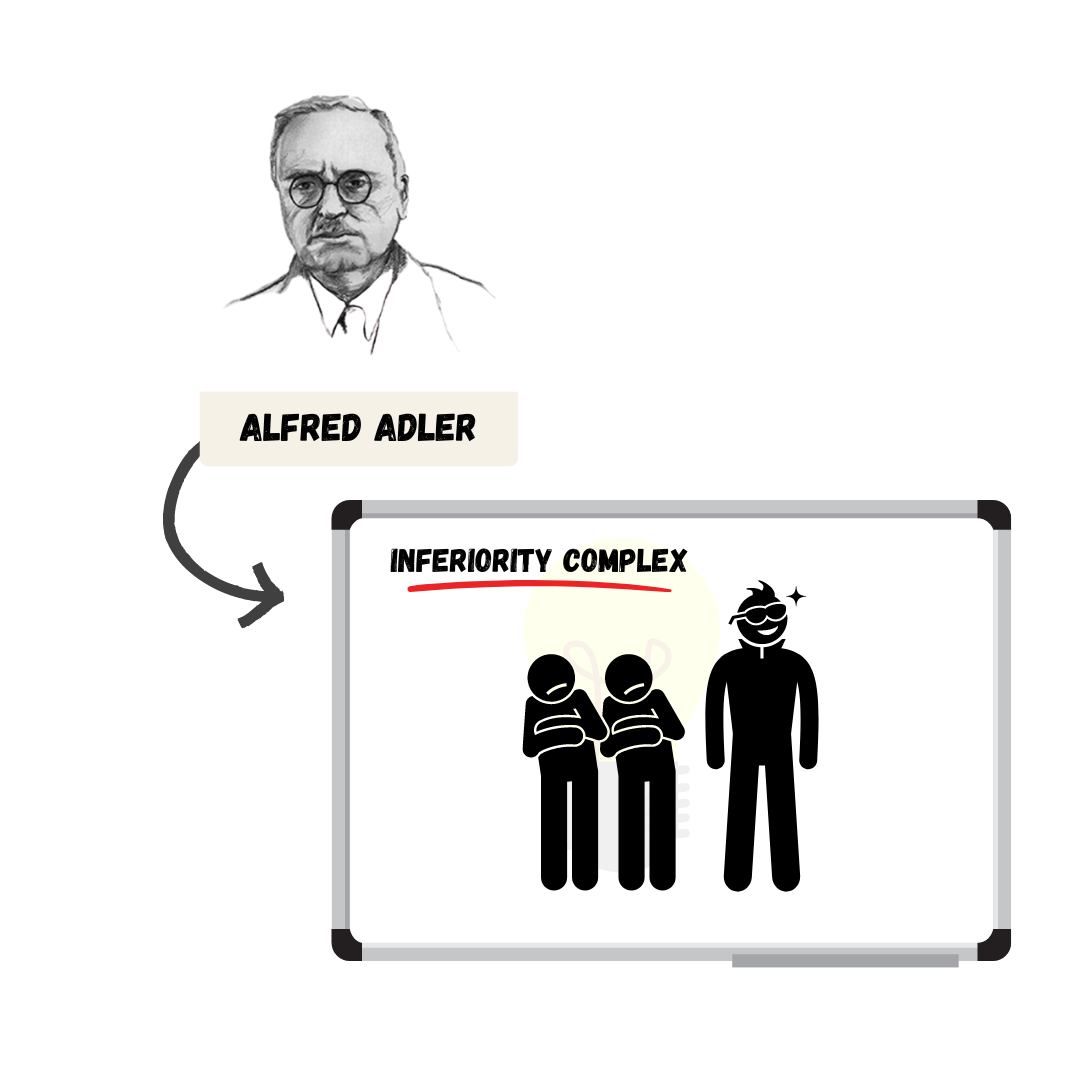
Individual psychology
- Focuses on our drive to compensate for feelings of inferiority
Inferiority complex
- A person’s feelings that they lack worth and don’t measure up to the standards of others or society
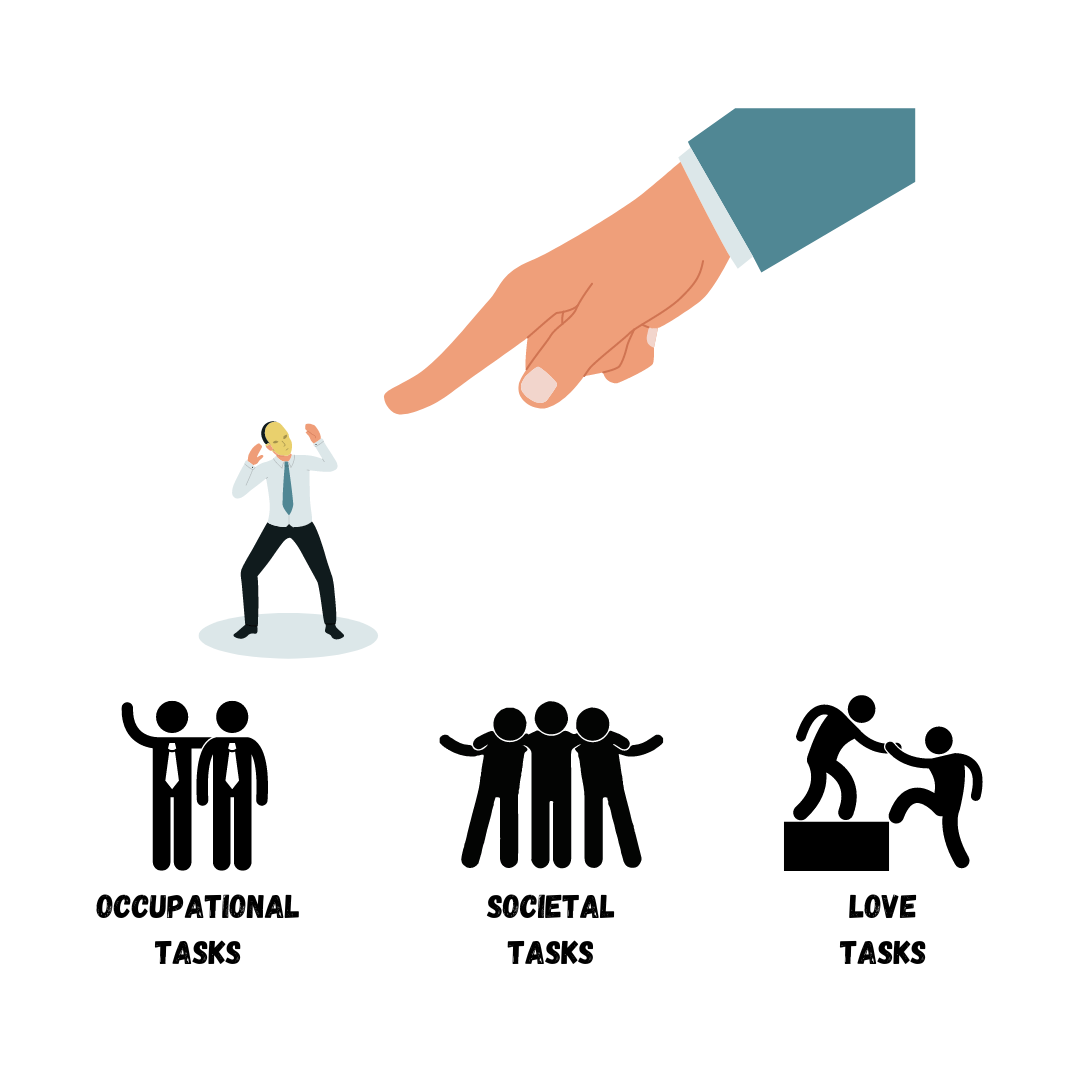
Erik Erickson
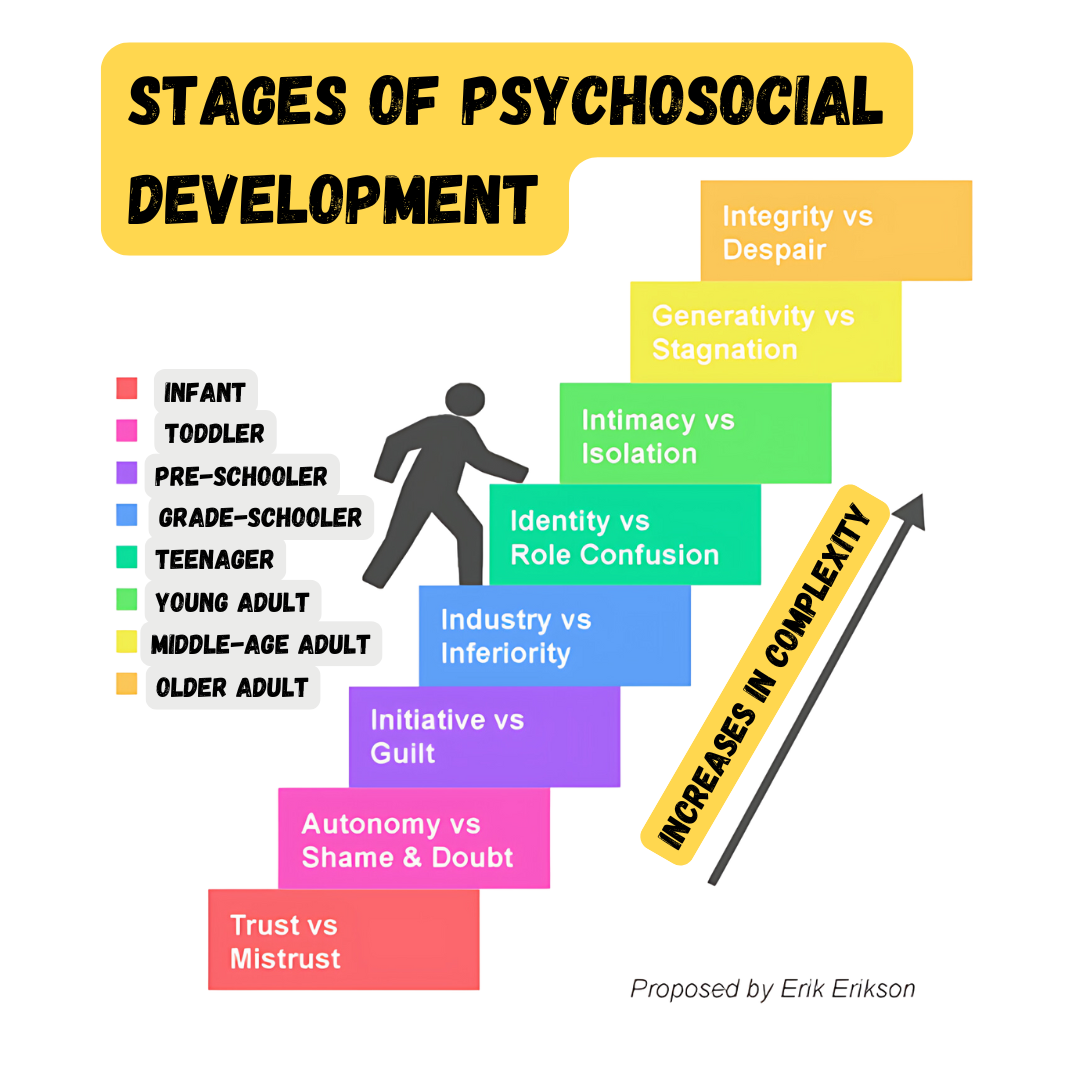
Psychosocial Stages of Development
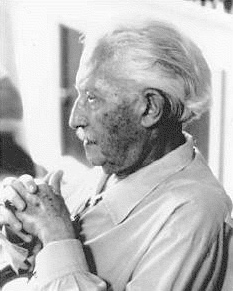
Psychosocial Stages of Development
| Stage | Age (years) | Developmental task | Description |
|---|---|---|---|
| 1 | 0-1 | Trust vs. Mistrust | Trust (or mistrust) that basic needs, such as nourishment and affection, will be met |
| 2 | 1-3 | Autonomy vs. shame/doubt | Sense of independence in many tasks develops |
| 3 | 3-6 | Initiative vs. guilt | Take initiative on some activities, may develop guilt when success not met or boundaries overstepped |
| 4 | 7-11 | Industry vs. inferiority | Develop self-confidence in abilities when competent or sense of inferiority when not |
| 5 | 12-18 | Identity vs. confusion | Experiment with and develop identity and roles |
| 6 | 19-29 | Intimacy vs. isolation | Establish intimacy and relationships with others |
| 7 | 30-64 | Generativity vs. stagnation | Contribute to society and be part of a family |
| 8 | 64+ | Integrity vs. despair | Assess and make sense of life and meaning of contributions |
CARL JUNG
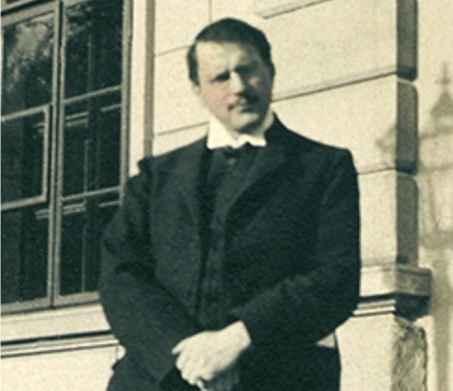
Collective unconscious universal version of personal unconscious,
holding mental patterns, or memory traces
CARL JUNG

Archetypes patterns existing in our collective unconscious
Represented by universal themes in various cultures reflecting common experiences of people around the world
Integration of unconscious archetypal aspects of the self seen as part of self-realization process
CARL JUNG

Persona A mask that we consciously adopt
Derived from conscious experiences and our collective unconscious
A compromise between our true self and the self that society expects us to be
CARL JUNG

| Introverts | Extroverts |
|---|---|
| Energized by being alone | Energized by being with others |
| Avoids attention | Seeks attention |
| Speaks slowly & softly | Speaks quickly & loudly |
| Thinks before speaking | Thinks out loud |
| Stays on one topic | Jumps from topic to topic |
| Prefers written communication | Prefers verbal communication |
| Pays attention easily | Distractible |
| Cautious | Acts first, thinks later |
KAREN HORNEY

Learning Approaches
- Learning approaches to personality focus on observable, measurable phenomena
Behavioral Perspective

Personality is learned and evelops over time or through experience
Social-Cognitive Perspective

Personality is learned, but involves thinking and reasoning
RECIPROCAL DETERMINISM
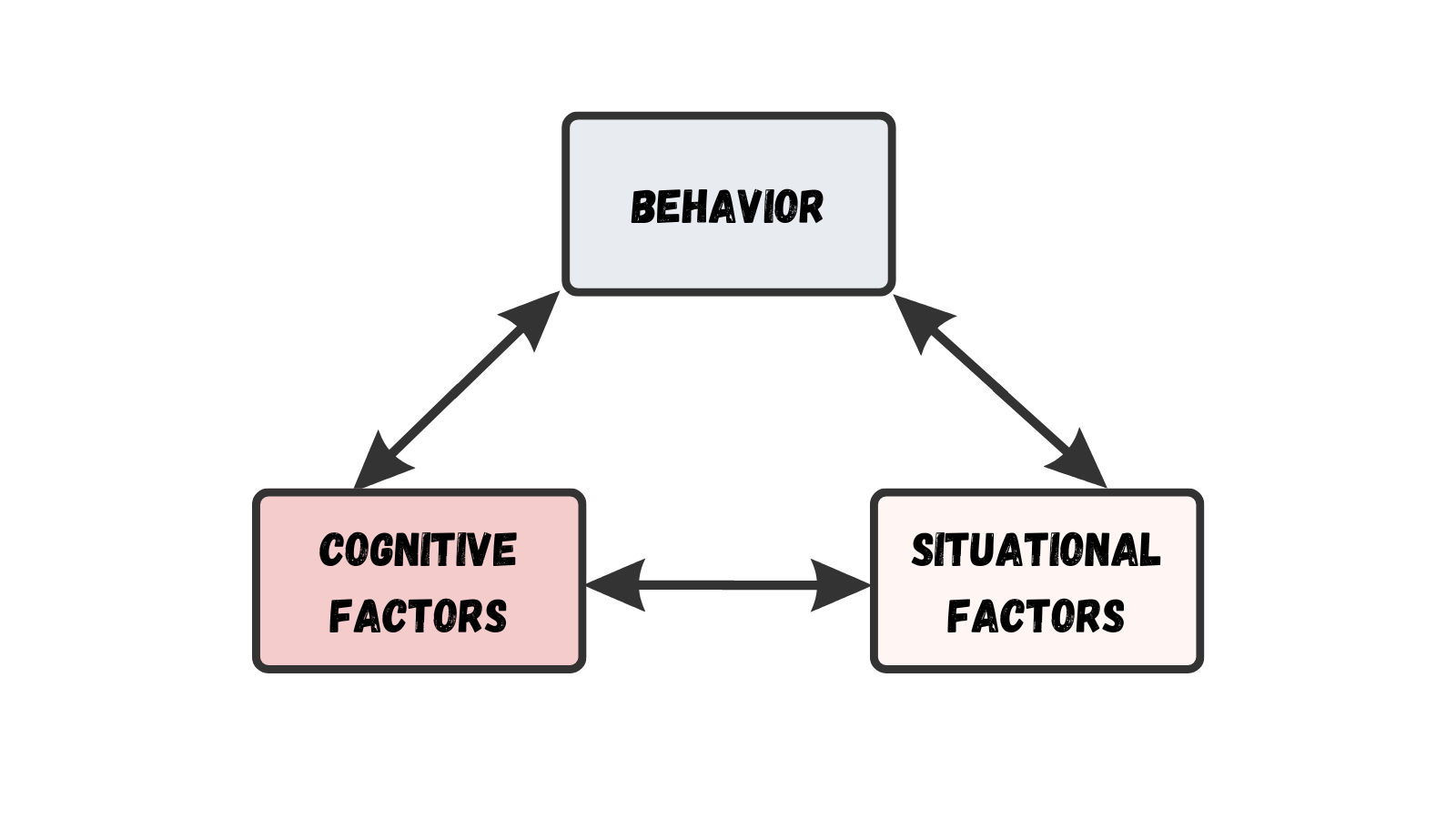
JULIAN ROTTER: LOCUS OF CONTROL
Locus of control beliefs about the power we have over our lives
- Proposed as a cognitive factor that affects learning and personality development
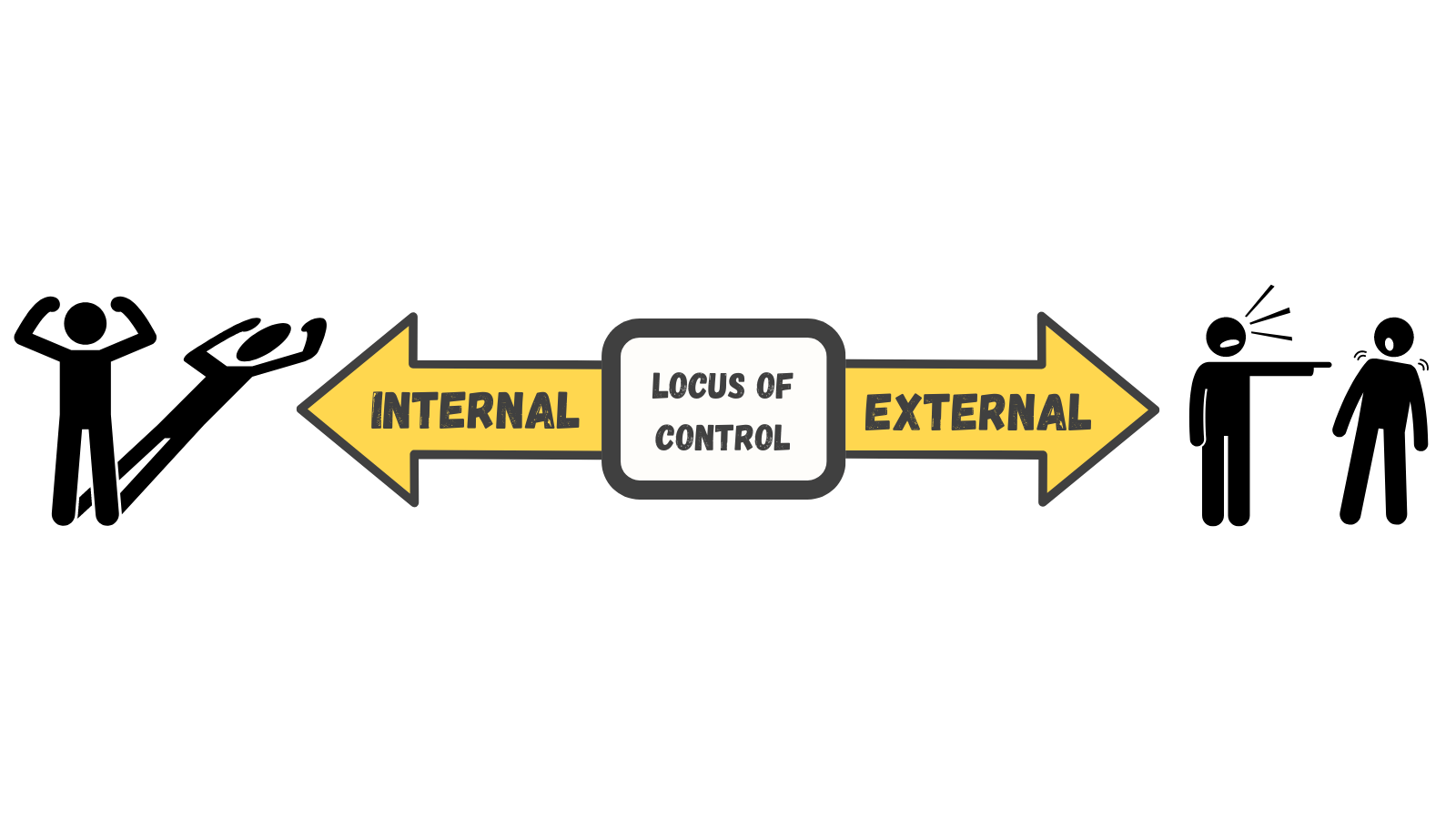
Internal locus of control tend to believe personal efforts determine our outcomes
- Perform better academically, achieve more in careers, more independent, healthier, less depressed
External locus of control tend to believe that our outcomes are outside of our control.
- Believe lives are controlled by other people, luck, or chance
WALTER MISCHEL: THE PERSON-SITUATION DEBATE
Marshmallow Study

1Method
- Children placed in room and given a marshmallow
- Told could either eat it now, or wait for two marshmallows
2Results
- Children differ in levels of self-control
- Preschoolers that waited in were more successful in high school
?Problems?
HUMANISTIC APPROACHES
- Focuses on how healthy people develop
Abraham Maslow

Carl Rodgers
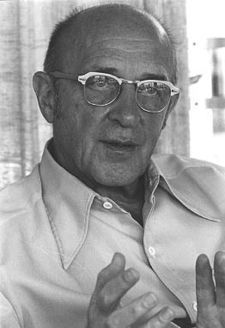
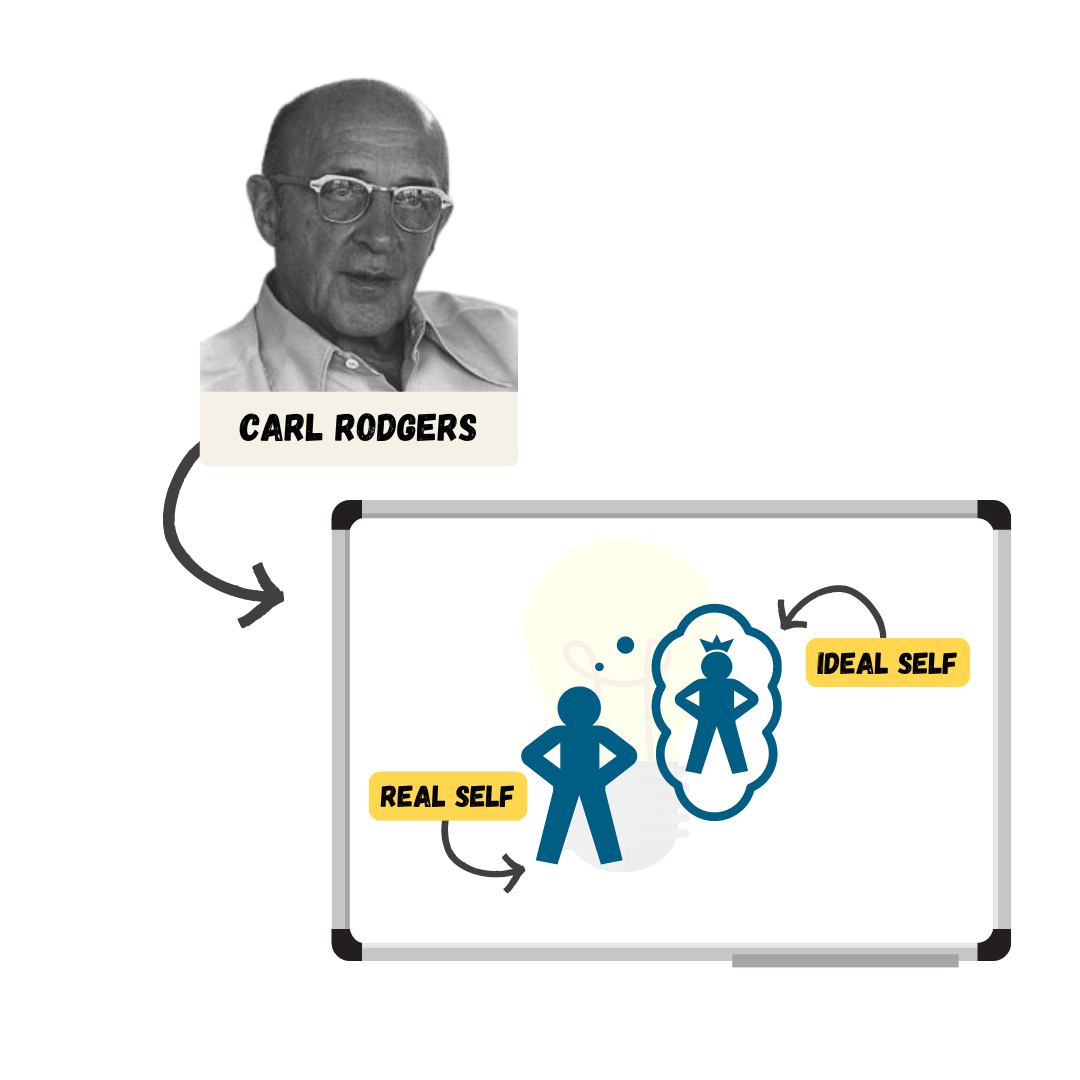
BIOLOGICAL APPROACHES
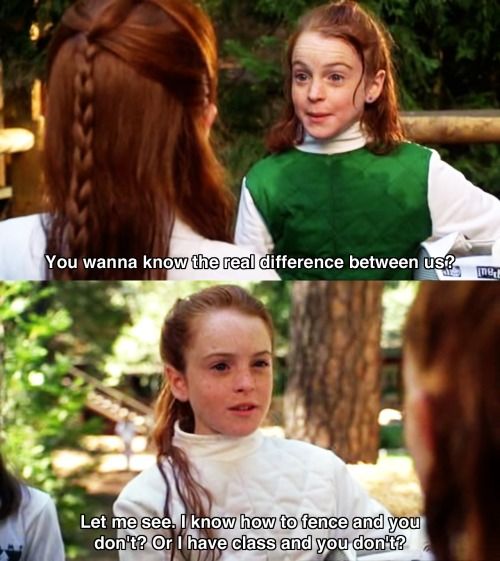
Minnesota Study of Twins Reared Apart
- Found that identical twins (raised together or apart) have very similar personalities
BIOLOGICAL APPROACHES
Temperament appears very early in life (suggesting a biological basis).
- Babies can be categorized into one of three temperaments:
- easy, difficult, or slow to warm up
- Environmental factors and maturation can affect expression of personality
Two adult dimensions
1Reactivity
- response to new or
challenging environmental
stimuli
2Self-regulation
- ability to
control responses
SOMATOTYPES
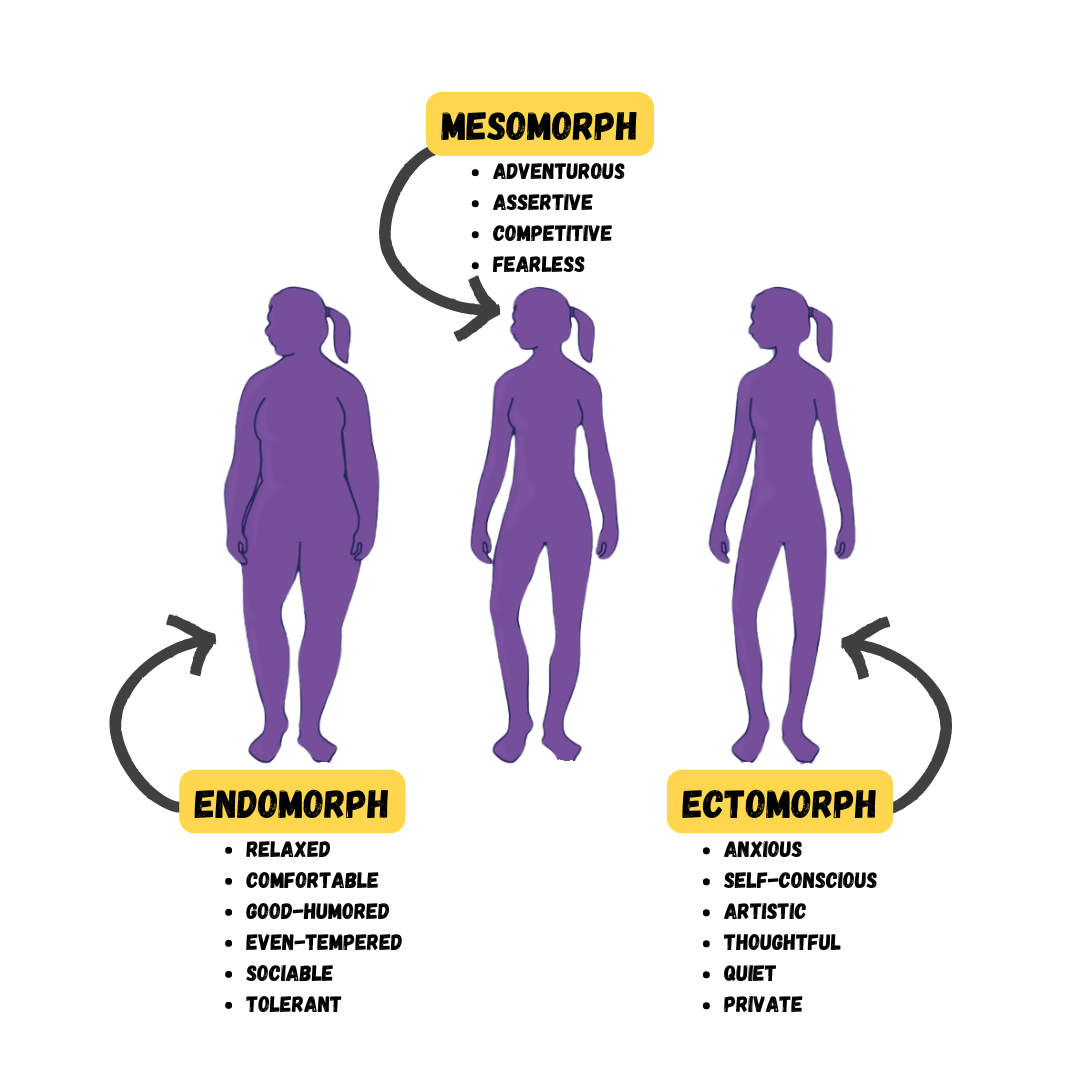
TRAIT THEORISTS
Gordon Allport
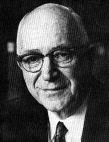
Raymond Cattell

HANS & SYBIL EYSENCK
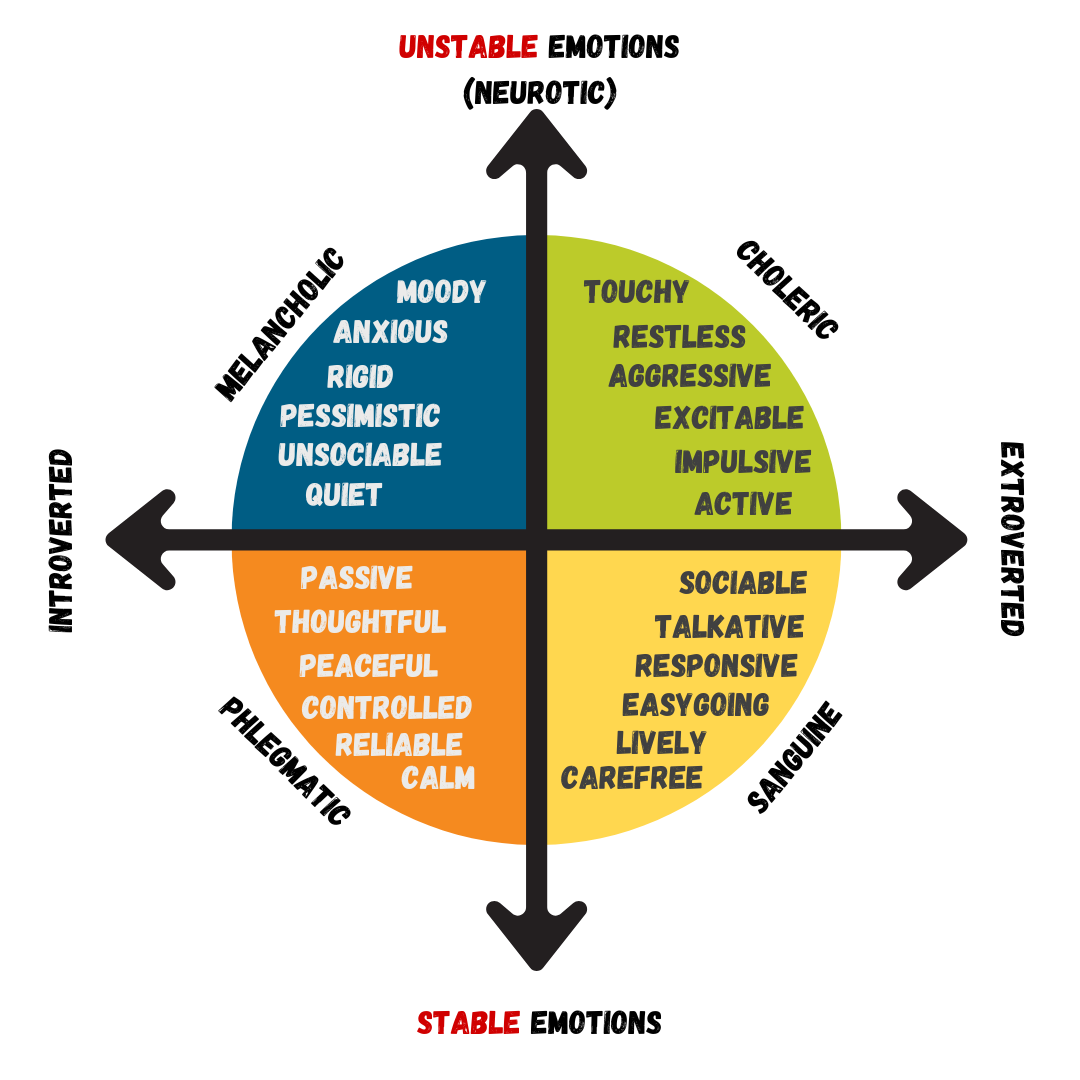
FIVE FACTOR MODEL
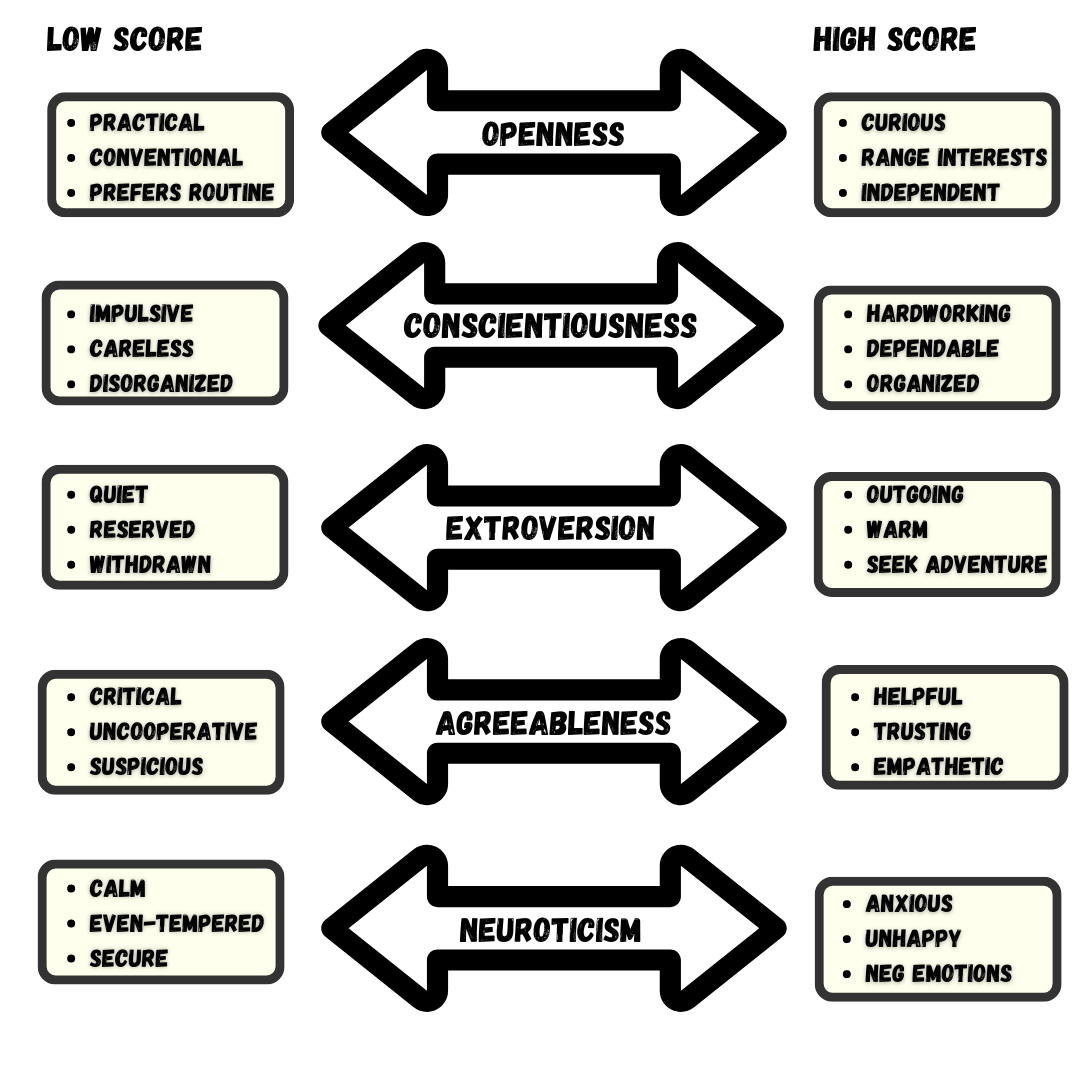
HEXACO MODEL
| Trait | Example Aspects of Trait |
|---|---|
| (H) Honesty-humility | Sincerity, modesty, faithfulness |
| (E) Emotionality | Sentimentality, anxiety, sensitivity |
| (X) Extraversion | Sociability, talkativeness, boldness |
| (A) Agreeableness | Patience, tolerance, gentleness |
| (C) Conscientiousness | Organization, thoroughness, precision |
| (O) Openness | Creativity, inquisitiveness, innovativeness |
CULTURAL UNDERSTANDINGS OF PERSONALITY
Culture beliefs, customs, art, and traditions of a particular society
- both universal and culture-specific aspects that account for variation in personalities
REGIONAL DIFFERENCES
- Researchers found three distinct regional personality clusters in the United States

Rentfrow et al. (2013)
INDIVIDUALIST VS COLLECTIVIST CULTURES

SELF-REPORT INVENTORIES
Self-Report Inventories Objective test to assess personality.
- Often use multiple-choice items or numbered scales (Likert scales)
- Personality testing is often used:
- To screen applicants for employment and job training
- In criminal cases and custody battles
- assess psychological disorders
Minnesota Multiphasic Personality Inventory (MMPI) One of the most widely used personality inventories
- Originally developed to assist in diagnosing psychological disorders
- Newest version (MMPI-2-RF) has 338 questions.
- Scored on 10 scales: hypochondriasis, depression, hysteria, psychopathic deviance, masculinity vs femininity, paranoia, psychasthenia (obsessive/compulsive qualities), schizophrenia, hypomania, and social introversion
LIKERT SCALES
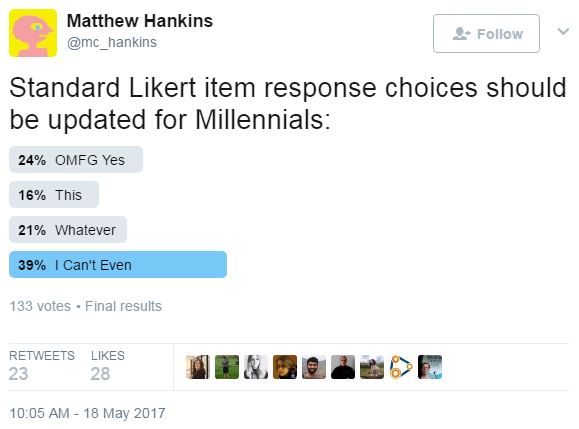
MMPI
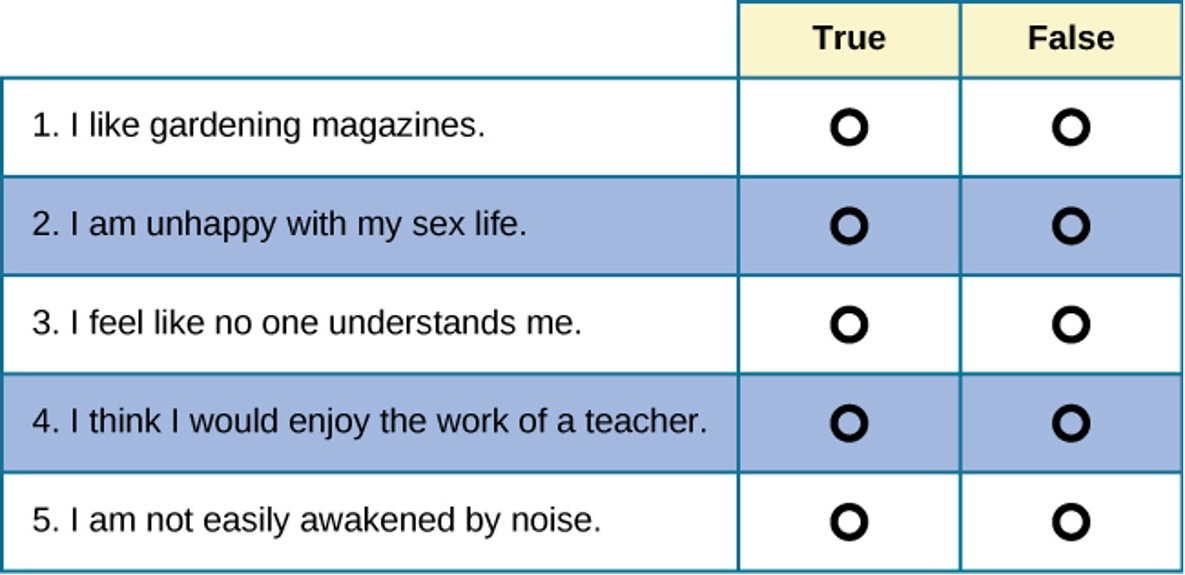
PROJECTIVE TESTS
Projective testing relies on projection (defense mechanism) to assess unconscious processes
Rorschach Inkblot Test individual interprets a series of symmetrical inkblot cards
- Reveals unconscious feelings and struggles
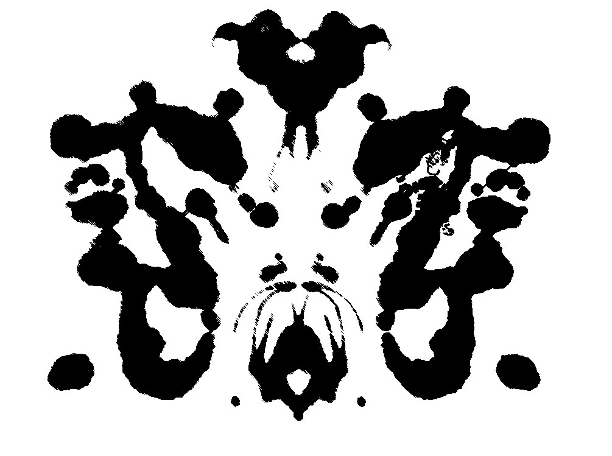
Thematic Apperception Test (TAT)
- Individual tells a story about 8-12 ambiguous cards
- Gives insight into their social world, revealing hopes, fears, interests, and goals
Rotter Incomplete Sentence Blank (RISB)
- Individual is asked to complete 40 incomplete sentences as quickly as possible
- Reveals desires, fears, and struggles
